An introduction to Standard and Smart Lithium-Ion Polymer Batteries
Unmanned and self-operating vehicles (often known as UAVs, UGVs, AUVs, USVs, etc.) are powered with batteries. Larger, driverless vehicles, in particular, can be powered by an ICE (Internal Combustion Engine) that is typically paired with a Lead-Acid battery. Drones, on the other hand, usually use a Lithium-ion Polymer (LiPo) battery. In this article, we will explore the basics of standard and smart LiPo batteries.
Standard LiPo Batteries
LiPo batteries are generally made with battery stacking technology, which allows for a high equilibrium of contact between the anode and cathode. The nominal voltage of each standard battery cell is 3.7V while the fully-charged voltage is 4.2V.
High voltage batteries offer a greater and higher volumetric energy density by increasing the nominal voltage up from 3.7V to a range of 3.8 to 3.9V per cell.
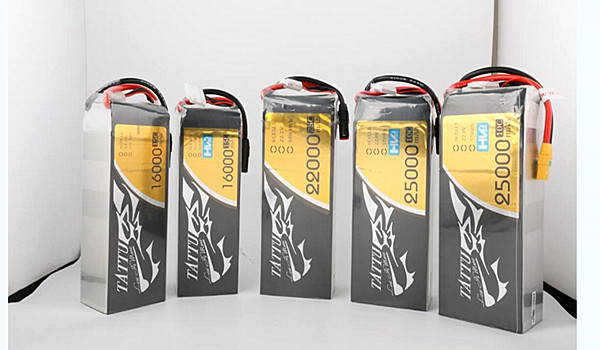
LiPo batteries are a popular choice for unmanned systems for a variety of reasons. One reason is that the cells are packaged in thin, flexible aluminum sheets, which allows the final product to be light in weight. Lithium Polymer batteries particularly can be customized in accordance with the capacity, shape, and size of a user’s electronic device. With the demand for larger drones that can carry higher payloads, hard-shelled batteries have emerged.
These Hardcase batteries are particularly helpful due to their BMS (Battery Management System) and exterior protections. Grepow’s Tattu 12S, 44.4V batteries’ IP, in particular, is rated at 53 and the other Hardcase products at 50.
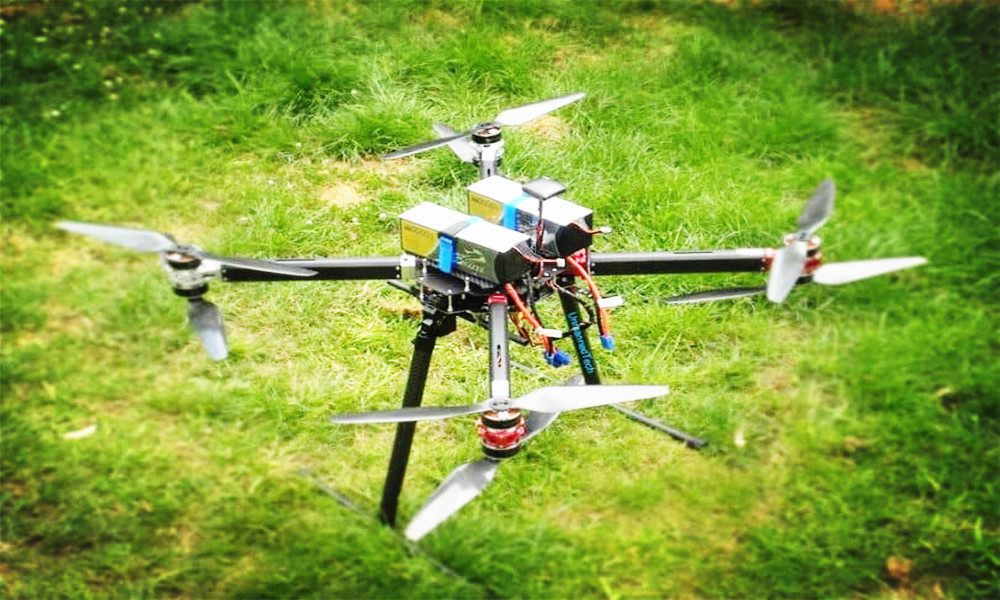
Smart LiPo Batteries with BMS
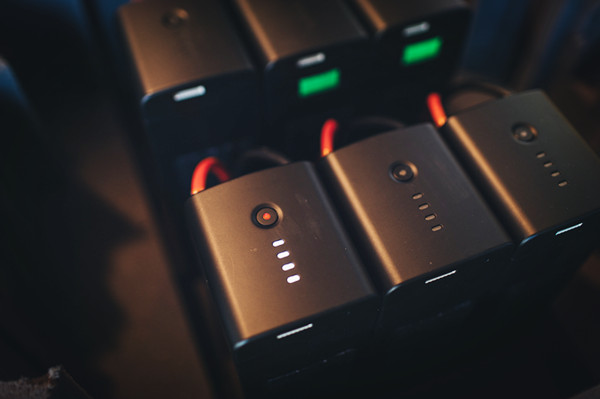
Grepow’s smart Tattu batteries carry a BMS that is able to detect their status in real-time. The status is shown with a red or white indicator light that will warn a user of over-voltage, overcurrent, over-heating, etc. Some examples of the light in use are as follows: The battery is placed in sleep mode when not in use; this is indicated when the light turns off. If the battery discharges and there is a low voltage (less than 3.3V per cell) or a cell voltage difference of more than 50mV, the light will start to flash. There is also a smart storage function, where the battery will automatically discharge to the recommended storage voltage to ensure the longevity and safety of the battery. There are, of course, more functions to the BMS than what we have covered in this article. If you would like to learn more about the features of the BMS, click the below “related articles.”
Related articles
BMS – Key Design of Smart Flight Battery
A detailed question-and-answer guide to drone batteries
Learn more about battery
Keep an eye on Grepow’s official blog, and we’ll regularly update industry-related articles to keep you up-to-date on the drone industry.
Grepow: https://www.grepow.com/
Grepow Blog: https://www.grepow.com/blog.html
Related Articles
-
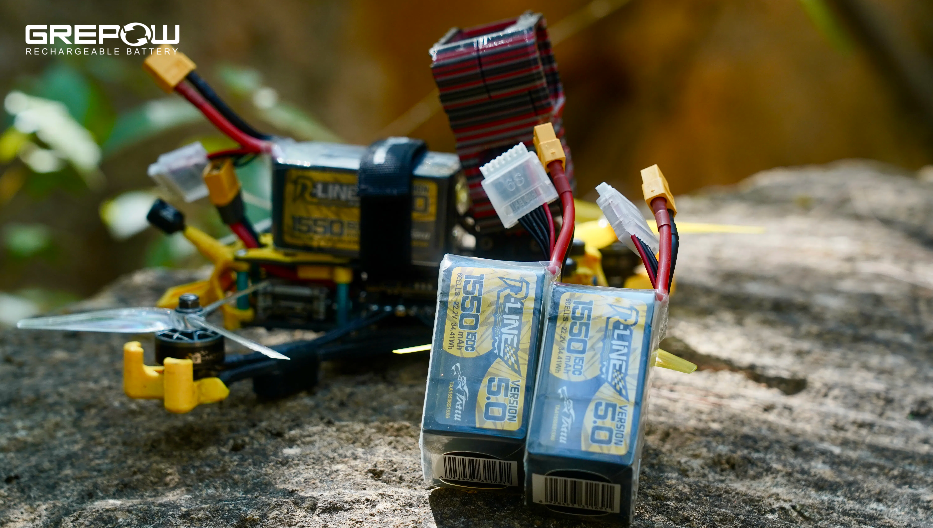
What Is a 7 Inch FPV Drone?
2025-04-15 -

Empowering Drone Training with Grepow’s Tailored Battery Solutions
2025-04-15 -
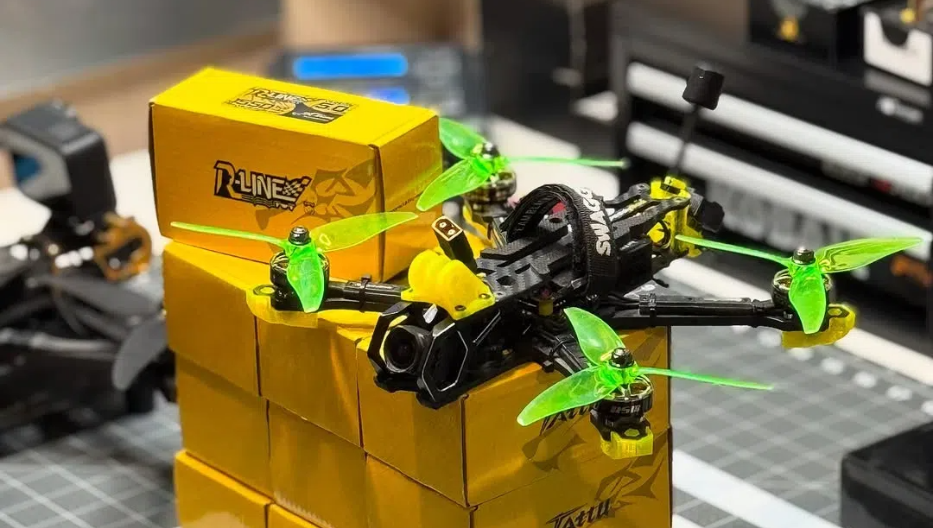
FPV Drone Types: All You Need to Know
2025-03-06
Related products
-
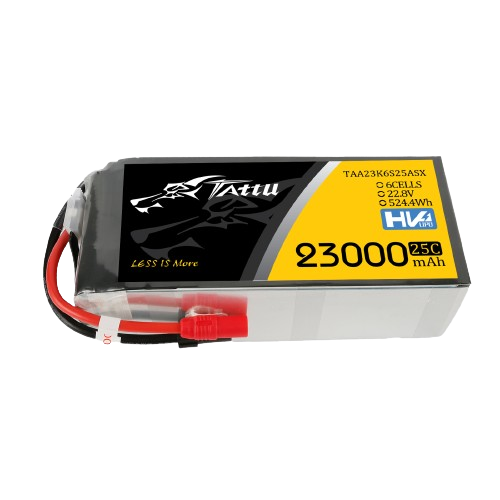
Tattu 23000mAh 6S 22.8V 25C LiHv Pouch Cell UAV Battery
-
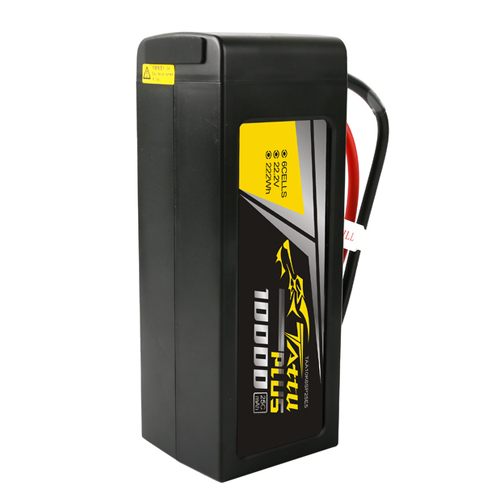
Tattu Plus 6S 10000mAh 22.2V 25C Lipo Smart Drone Battery
-
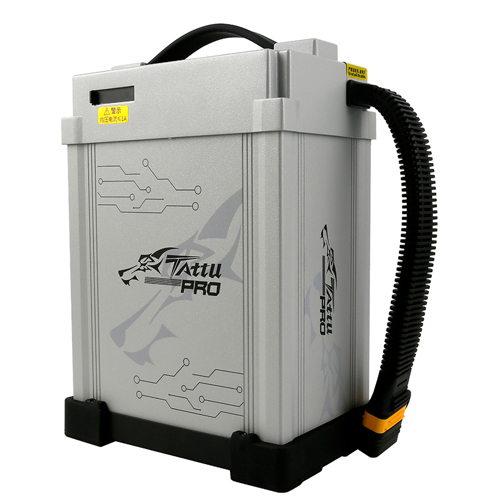
Tattu Pro 14S Lipo 22000mAh 51.8V Smart UAV Drone Battery Pack

















































